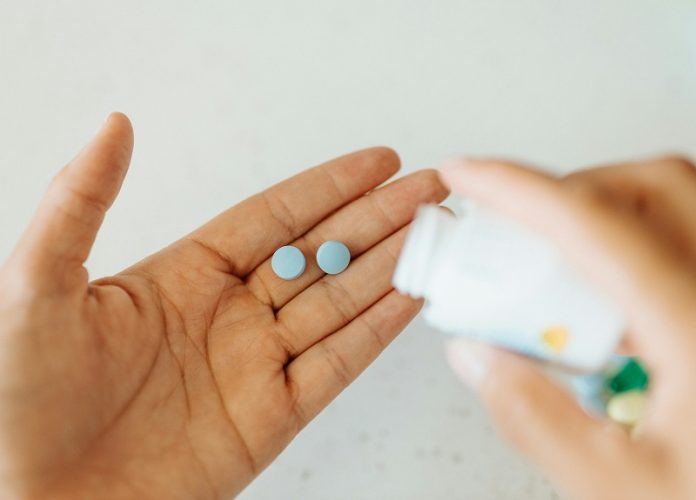
A groundbreaking development in medical technology has been made by a team from Brigham and Women’s Hospital, promising to transform the way bleeding is managed in patients on anticoagulation or antiplatelet medications like heparin or aspirin.
These medications are commonly prescribed for serious conditions such as heart attacks and strokes but come with the risk of severe bleeding in cases of injury or during surgeries.
The study, which has been making waves in the medical community, was published in PNAS. It introduces a new “hemostat” – a material designed to stop bleeding effectively.
What makes this hemostat remarkable is its ability to halt bleeding quickly, even in patients who are on blood-thinning medications.
In a trial with patients undergoing cardiac catheterization, the hemostat significantly reduced bleeding time to an average of about five minutes, a dramatic improvement from the traditional two-hour period required by conventional compression methods.
Dr. Hae Lin Jang, Ph.D., the study’s corresponding author, emphasizes the innovative approach used in developing this hemostat.
The team combined engineering principles, materials science, and molecular biology to create a solution that addresses the limitations of existing therapies.
This interdisciplinary approach was crucial in tackling the challenge of developing a hemostat that works effectively for patients on blood-thinning medications.
One of the key inspirations for this invention came from human anatomy, specifically the lungs. The lungs contain spherical air sacs called alveoli, which have a large surface area due to their porous structure, allowing for efficient interaction with blood.
Drawing from this, the researchers engineered a material with a similar spherical microporous structure, enabling it to rapidly absorb blood and concentrate clotting components like platelets, thereby facilitating quicker blood clotting.
The material, made from chitosan extracted from shellfish, leverages its positively charged surface to attract negatively charged platelets and fibrinogen, essential for blood clot formation.
Interestingly, the researchers discovered that chitosan also directly stimulates blood clotting by activating the TLR-2 clotting pathway.
This was a significant finding as it showed that chitosan could enhance blood clotting even in patients on anticoagulants.
The efficacy of this hemostat was demonstrated in a study involving 70 patients undergoing cardiovascular catheterization while on heparin.
The results showed a notable reduction in bleeding time, ranging from about five minutes in patients on low-dose heparin to under nine minutes in those on higher doses.
Apart from its effectiveness, the chitosan hemostat offers several other benefits. It’s easy to apply and remove, eliminating the need for prolonged compression, which is typically time-consuming and requires constant nursing.
Unlike traditional gauze that can cause pain and re-bleeding upon removal, the chitosan pad can be removed cleanly and comfortably from wounds.
The team, led by Dr. Vivian K. Lee, Ph.D., is not stopping here.
They are further exploring how this hemostat aids the wound-healing process and are investigating advanced wound dressings that can deliver drugs or improve wound cleanliness, reducing the need for frequent dressing changes.
This invention is particularly crucial in emergency situations where time is of the essence. As Dr. Lee points out, in emergencies, quickly determining a patient’s prescription information to reverse anticoagulation can be challenging.
A hemostat that works irrespective of a patient’s medication can be a game-changer, saving time and potentially lives.
If you care about health, please read studies about the best time to take vitamins to prevent heart disease, and vitamin D supplements strongly reduce cancer death.
For more information about health, please see recent studies about plant nutrient that could help reduce high blood pressure, and these antioxidants could help reduce dementia risk.
The research findings can be found in PNAS.
Copyright © 2024 Knowridge Science Report. All rights reserved.



